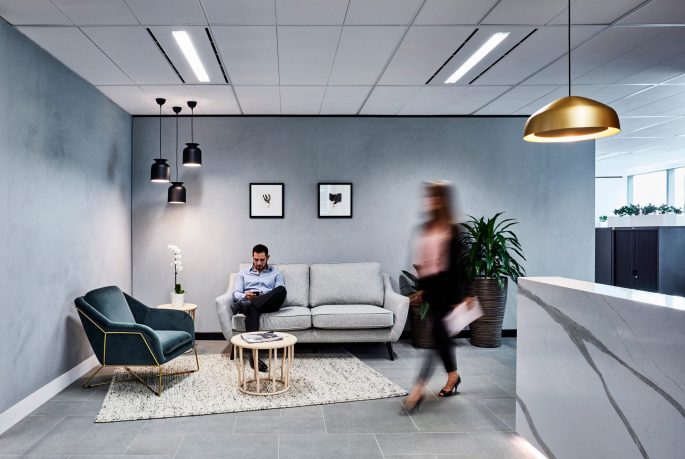Why Slips and Falls Are New Zealand’s #1 Workplace Hazard

Slips, trips, and falls might sound like minor accidents, but they are the leading cause of workplace injuries in New Zealand. Every year, thousands of Kiwis lodge ACC claims for injuries caused by slipping, tripping, or falling at work.
For businesses, schools, councils, and facility managers, these incidents are more than an inconvenience. They affect staff, visitors, and the public and can be prevented with the right approach to slip resistance.
In this blog, we’ll explore why slips are such a widespread issue in New Zealand, the standards that apply, and how SlipSafe helps organisations create safe, compliant, and confidence-building spaces.
The Scale of the Problem in New Zealand
According to ACC, slips, trips, and falls account for more injury claims than any other workplace hazard. They result in:
- Tens of thousands of claims every year
- Billions of dollars per year in compensation and treatment costs
- Significant downtime for businesses and staff
High-risk sectors include:
- Hospitality & retail – wet floors, spills, and high customer traffic
- Healthcare & aged care – vulnerable users, mobility challenges
- Education – playgrounds, hallways, and outdoor walkways
- Offices & warehouses – polished floors and poorly maintained surfaces
- Residential dwellings– bathrooms, ensuites, entrances & garages
Why Do Slips Happen?
Slips are rarely “just bad luck.” They usually occur because of:
- Wet or recently cleaned floors
- Outdoor areas exposed to rain
- Spills in kitchens and food preparation areas
- Worn or polished surfaces with reduced grip
- Flooring that doesn’t meet NZ slip resistance standards
The reality is simple: most slips are preventable when surfaces are tested and treated correctly.
The Cost of Inaction
While a slip may last only seconds, the impact lingers. Injured staff need time off work, customers lose confidence in businesses that feel unsafe, and organisations face increased ACC levies.
Preventing slips isn’t just about meeting standards, it’s about creating environments that people trust and feel comfortable using every day.
New Zealand Slip Resistance Standards
Two key standards apply in New Zealand:
- NZS 4586; Tests new pedestrian surface materials before installation.
- NZS 4663; Tests existing pedestrian surfaces already in use.
The most common testing method is the pendulum test, which measures how much grip a surface provides in wet or dry conditions.
If a surface doesn’t meet the required slip rating, it should be treated with a suitable anti-slip solution. Whether that’s a clear coating, coloured coating, or chemical treatment.
How SlipSafe Helps
SlipSafe specialises in slip resistance testing and treatments designed for New Zealand conditions. Our services include:
- On-site slip testing to NZS 4586 and NZS 4663 standards
- Clear and coloured anti-slip coating options to improve any floor surface
- Surface treatments like TerraGrip for natural stone and ceramic finishes
- PremTac tactile pads for public walkways and council compliance
We work with schools, hospitals, councils, aged care providers, retailers, and commercial property owners to ensure their surfaces are both safe and visually appealing.
Key Takeaway
Slips and falls are not just “part of life.” They are predictable, preventable hazards that affect thousands of New Zealanders every year. By testing surfaces and applying the right treatments, organisations can reduce ACC claims, keep people safe, and build trust in the spaces they manage.
Ready to Take Action?
Don’t wait for an accident to highlight a problem. Book a slip resistance test with SlipSafe today and make sure your workplace, school, or facility is safe, compliant, and ready for use.
Contact us now at info@slipsafe.co.nz to discuss how we can help you improve customer safety.